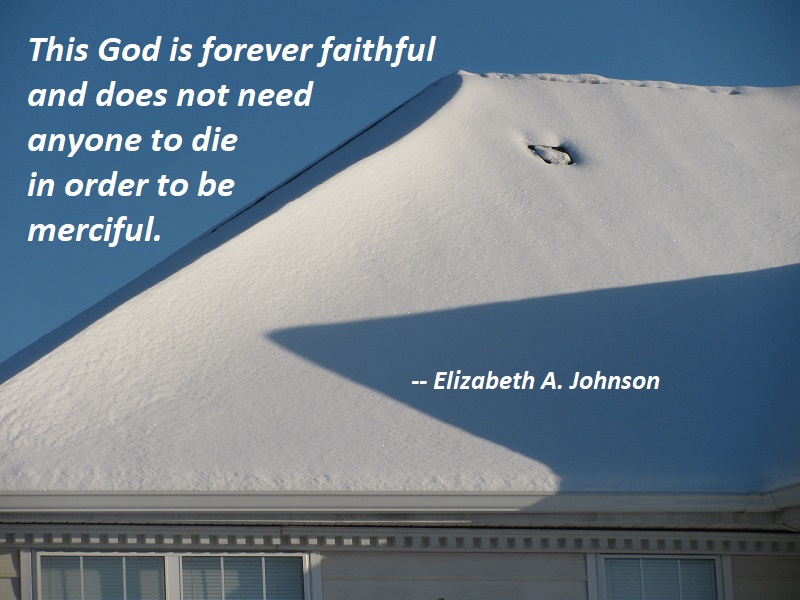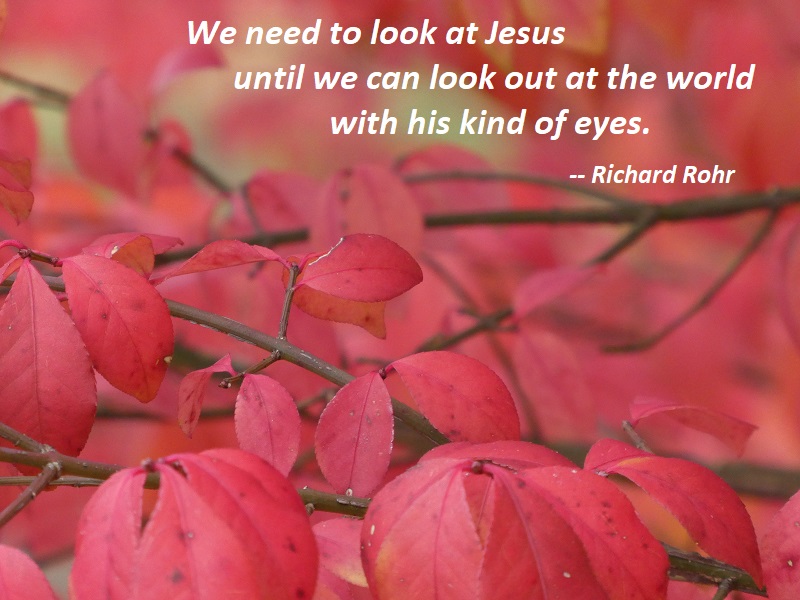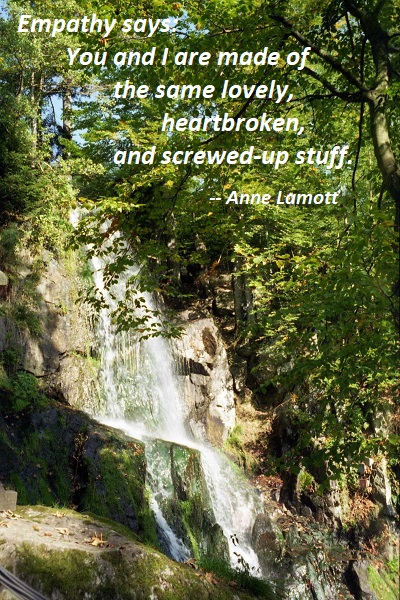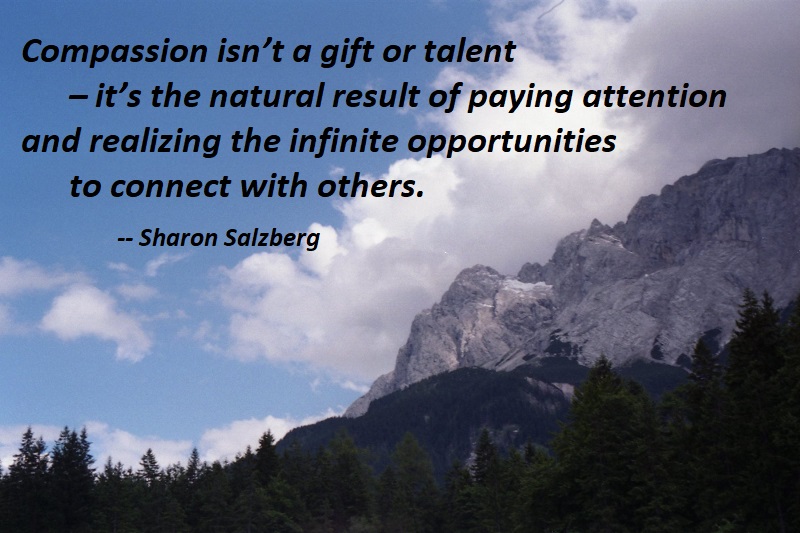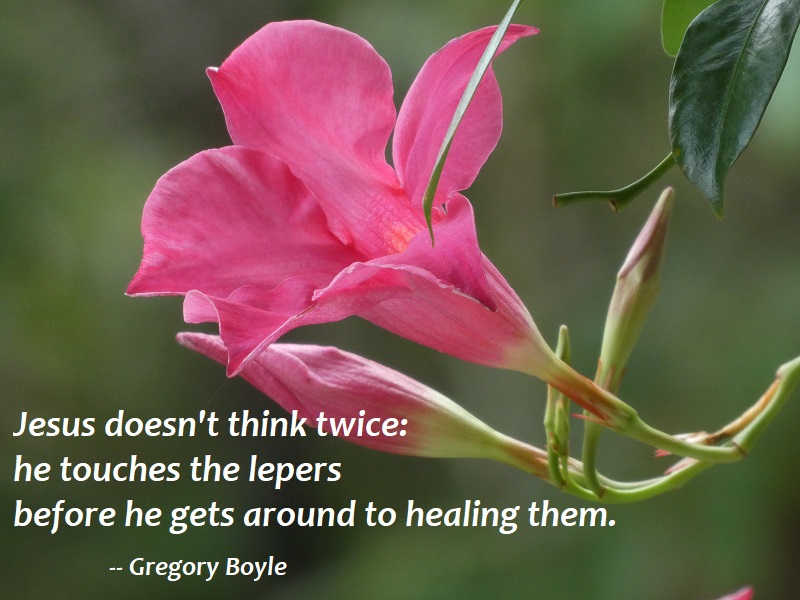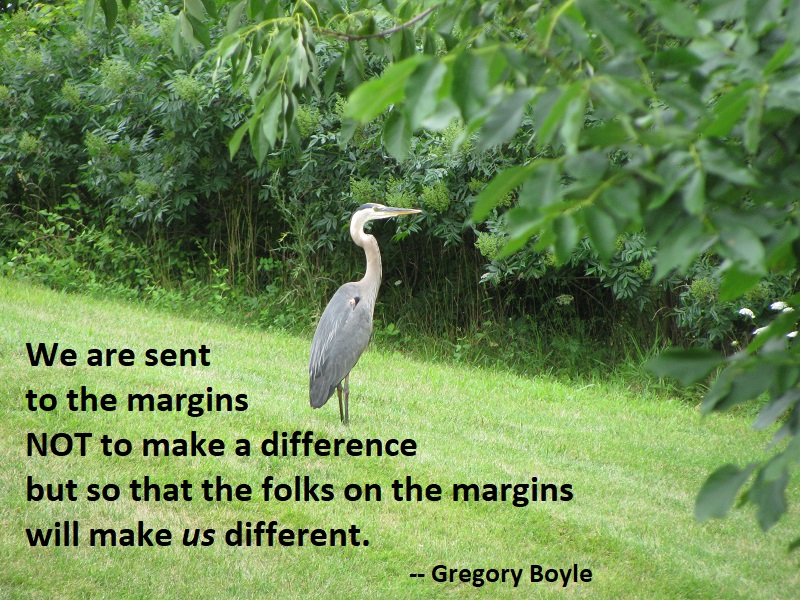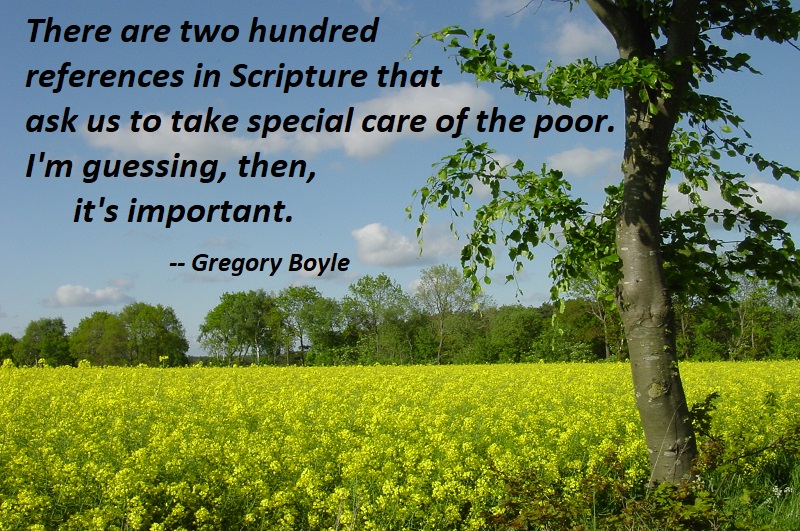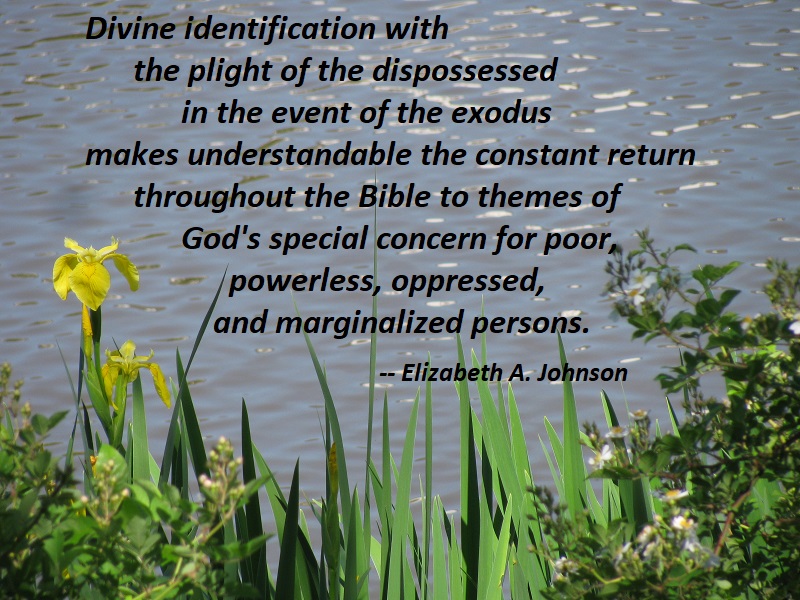Hope Amid the Horror
More than five hundred years before Jesus’ death on the cross, Second Isaiah proclaimed that the God who created heaven and earth was redeeming and saving Israel and forgiving their sin out of the infinite depths of divine compassion. This God is forever faithful and does not need anyone to die in order to be merciful. It is strange to contemplate how Christian preaching in the tradition of the satisfaction theory seems to assume that some seismic shift suddenly changed the divine character, so that Jesus’ death was necessary to win favor for sinners. One hears that he came to die, and without the cross we would not be saved, as if at some point the flow of divine mercy were shut down, needing Jesus’ death to start it up again. As we will discover, however, rather than making a necessary gift to placate divine honor, Jesus’ brutal death enacts the solidarity of the gracious and merciful God with all who die and especially with victims of injustice, opening hope for resurrection amid the horror.
— Elizabeth A. Johnson, Creation and the Cross, p. 50
Photo: March 6, 2015, South Riding, Virginia
